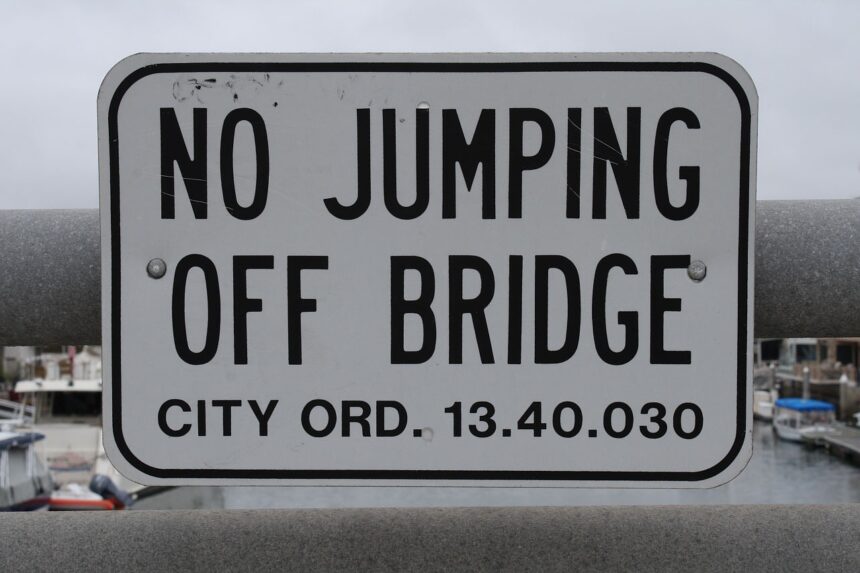Coinbase, the leading US crypto exchange, plans to remove all stablecoins that are not compliant from its European platform before 2024.
This move coincides with the full implementation of European Union Markets in Crypto-Assets Regulation (MiCA), which imposes strict standards for stablecoin issues.
The USDT of Tether will be affected by this change, since it is unable to meet the new requirements.
MiCA regulatory pressure on Stablecoins
Stablecoins, which are a major target of MiCA’s implementation, will be a part of a unified framework that regulates digital assets in the European Economic Area.
Regulations require stablecoins to hold 60% or more of their reserves on EU bank accounts. They also need an e-money authorisation from a member state.
The focus is also on the protection of consumers, standards for liquidity, and transparence.
These new rules could pose significant problems for Tether (which issues USDT).
Paolo Ardoino (CEO of Tether Holdings) has voiced concern that requiring stablecoin issues to keep reserves at EU banks could pose systemic risk due to the limited insurance cover on deposits.
The apprehension of this, coupled with USDT’s inability to obtain authorization, suggest that Tether may struggle to meet MiCA’s regulatory requirements, rendering USDT’s future on the European Market uncertain.
Coinbase is determined to comply with MiCA
Coinbase’s commitment to compliance with regulatory requirements is reflected in its decision to remove non-compliant Stablecoins including Tether’s USDT.
Customers in the EEA won’t be able to access these stablecoins after December 20, 2024.
Coinbase has been able to establish itself as the leader of regulatory compliance in the crypto industry because it is proactive about adhering MiCA regulations.
A Coinbase spokesperson said that the exchange will provide specifics about its transition plan for users in November. This transition plan offers clear options to move to stablecoins compliant.
Circle’s USDC (US Dollar) and EURC (Euro), which are linked to the US Dollar and Euro, and have the MiCA approvals, were identified as alternatives.
Coinbase isn’t the only exchange that has moved toward MiCA compliance.
Some platforms such as Bitstamp and Uphold have announced plans similar to theirs, limiting or removing non-compliant Stablecoins.
This trend is reflected in the actions taken by these companies, which are part of a larger movement within cryptocurrency towards regulatory harmonization.
Circle, which recently expanded USDC to the Asia-Pacific Region through its partnership with MHC Digital, is a good example of the growing demand for stablecoins that are compliant with regulatory requirements.
The future of stablecoins that are not compliant, like USDT, is becoming increasingly uncertain as the regulatory environment tightens.
The post Tether USDT is at Risk as Coinbase Set to Delist MiCA Non-compliant Stablecoins could be updated as new developments unfold.






